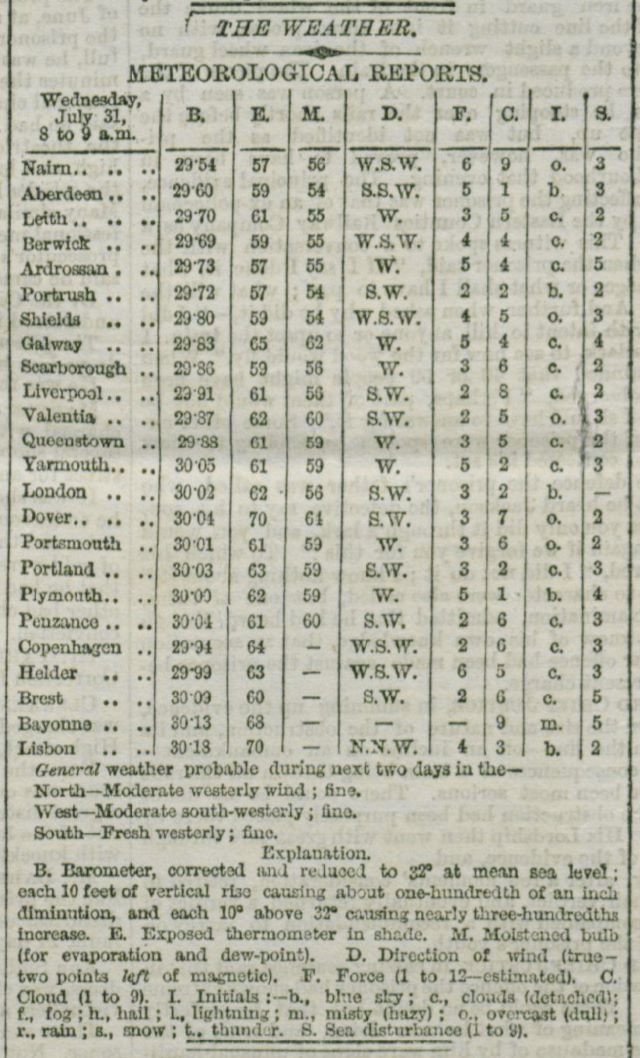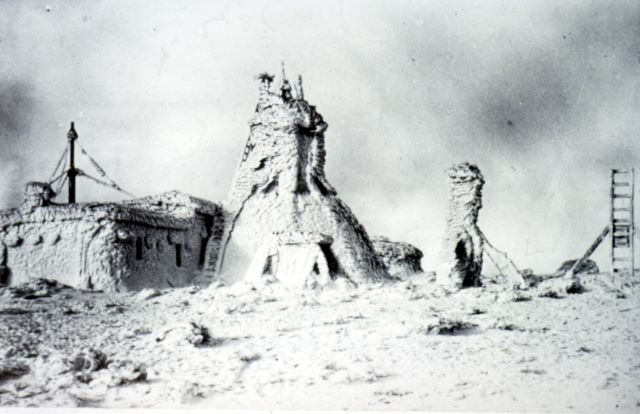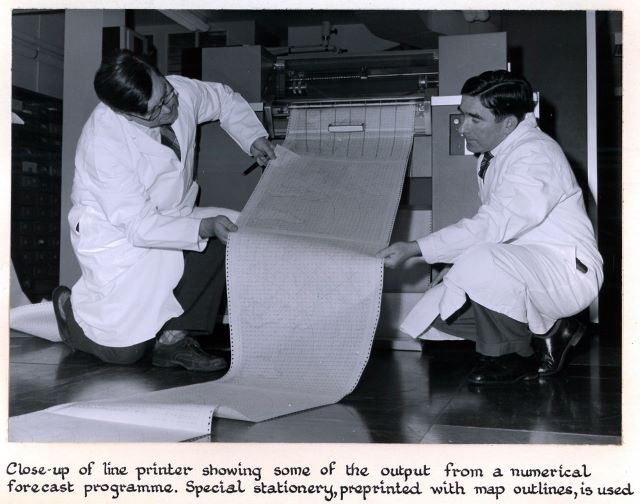Our history
We've been providing forecasts for the United Kingdom since the 19th Century. Learn about our history.
1854 - FitzRoy founds the Met Office
Vice-Admiral Robert FitzRoy founded the Met Office in 1854.
FitzRoy was already well-known as the captain of HMS Beagle, from her famous journey around the globe. He would go on to establish the science of weather forecasting, the basis of what we still use today.
The purpose of the Met Office was to learn more about marine climatology. This greater understanding would improve the safety of life and property at sea.
1859 - The first shipping forecast
When the Royal Charter sank in October 1859, FitzRoy argued for a supply of coastal observations. These observations were used to a new storm warning service that began in early 1861.
Now known as the shipping forecast, it is thought to be the longest running national forecasting service in the world.
1861 - The first public weather forecast service
FitzRoy knew the weather was also of interest to the general public. After writing the first public weather forecast for 31 July 1861, he established the public weather forecast service in August 1861.
 First public weather forecast, written by Fitzroy, for 31 July 1861
First public weather forecast, written by Fitzroy, for 31 July 1861
After FitzRoy's death in 1865, management of the Met Office passed to the Royal Society until 1905. During this time period, synoptic forecasting (a term coined by FitzRoy) and the observation network developed considerably.
The Met Office established an observatory on the summit of Ben Nevis (pictured below), which was manned year-round until 1904.

1916 - The first operational military forecast
The Met Office has been involved in defence forecasting since the First World War. The first operational military forecast was 24 October 1916. Perhaps the most important forecasts in history were those used in the days leading up to the D-Day landings in June 1944.
Today the Met Office Mobile Met Unit continues to support UK armed forces wherever they are in the world.
 Met Office chart for 1pm on 6 June 1944, D-Day
Met Office chart for 1pm on 6 June 1944, D-Day
1922 - The advancement of Numerical Weather Prediction
Forecasting techniques took a big step forward in 1922 when Met Office scientist Lewis Fry Richardson published a groundbreaking piece of work exploring how to use maths and physics to make weather forecasts. This work laid the foundation for Numerical Weather Prediction (NWP). But it would be decades until the invention of computers put these theories into practice.
The Met Office purchased its first computer in 1959. Operational weather forecasts, driven by NWP, began six years later in 1965.

1991: The Unified Model
The Unified Model, which allows seamless weather and climate modelling, was implemented in 1991. This was a year after the Hadley Centre for Climate Science and Services was founded.
2000 and beyond: corporate and tech innovation
During the 21st century, the Met Office has continued to innovate. In 2003 we relocated our headquarters from Bracknell to Exeter. We established the Flood Forecasting Centre in 2007, and the Met Office Space Weather Operations Centre opened in 2014.
Supercomputers have enabled many significant advances in weather and climate science. The Met Office's Cray XC40 supercomputing system is one of the world's most powerful dedicated to weather and climate forecasting. It was ready for use in 2016 and some fifteen times larger than its predecessor. This infrastructure has enabled the UK to continue to lead the world in weather, climate and environmental science high-performance computing.


